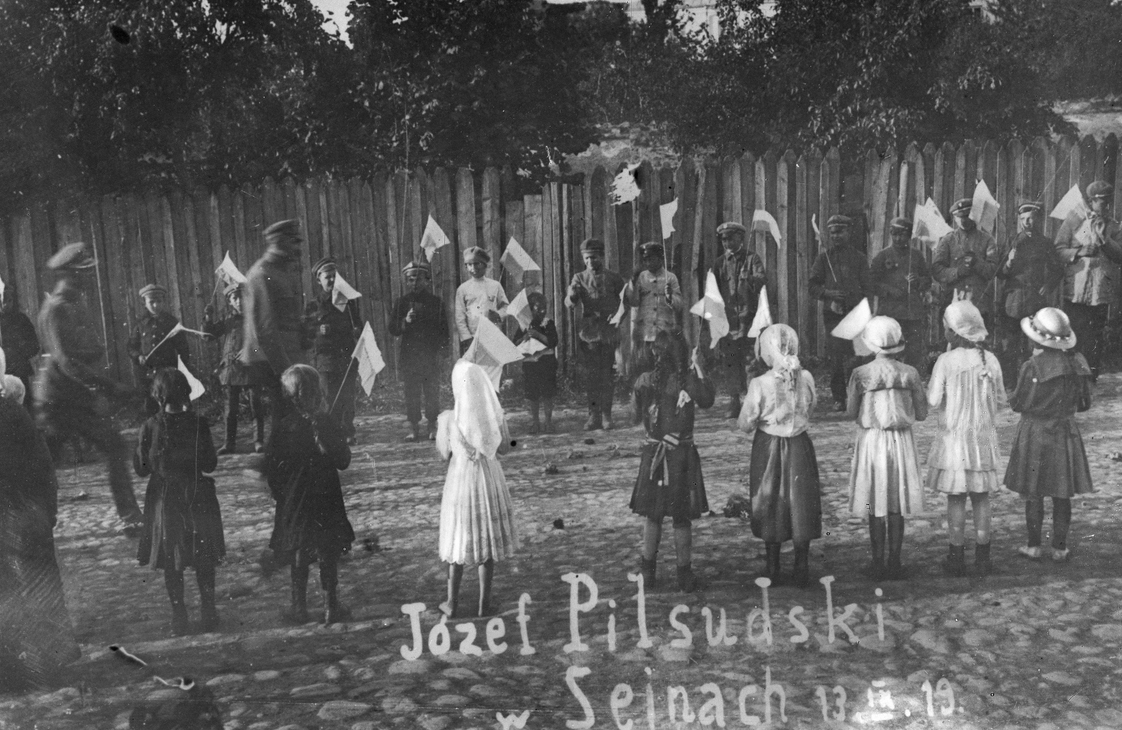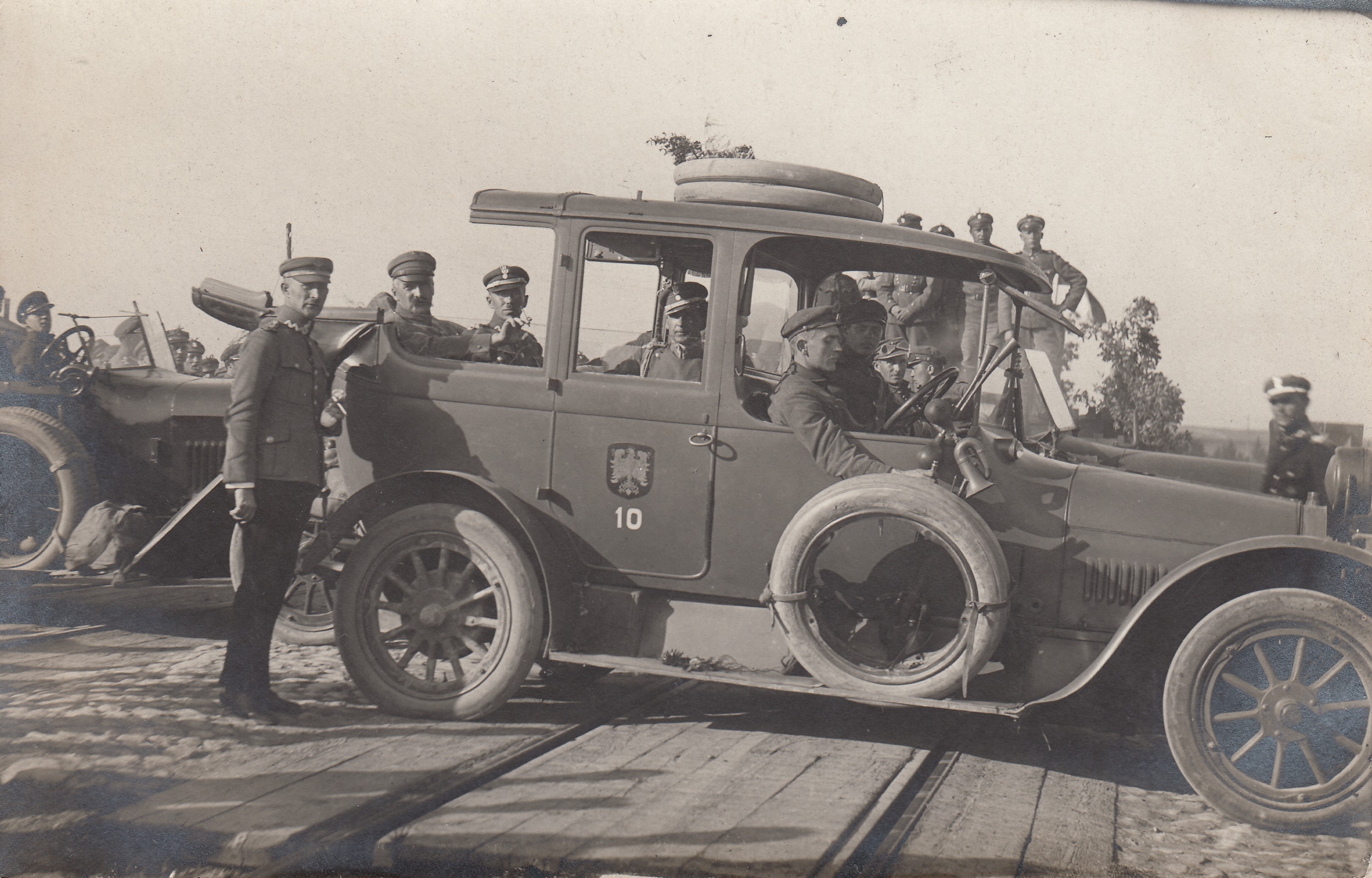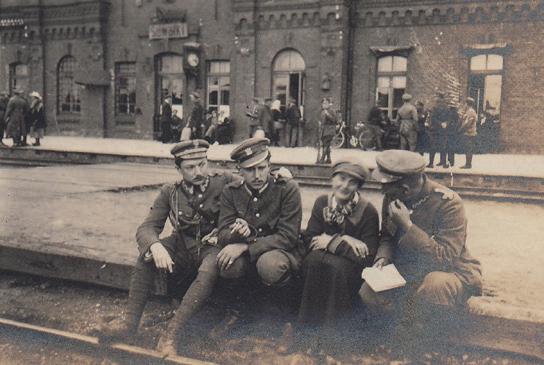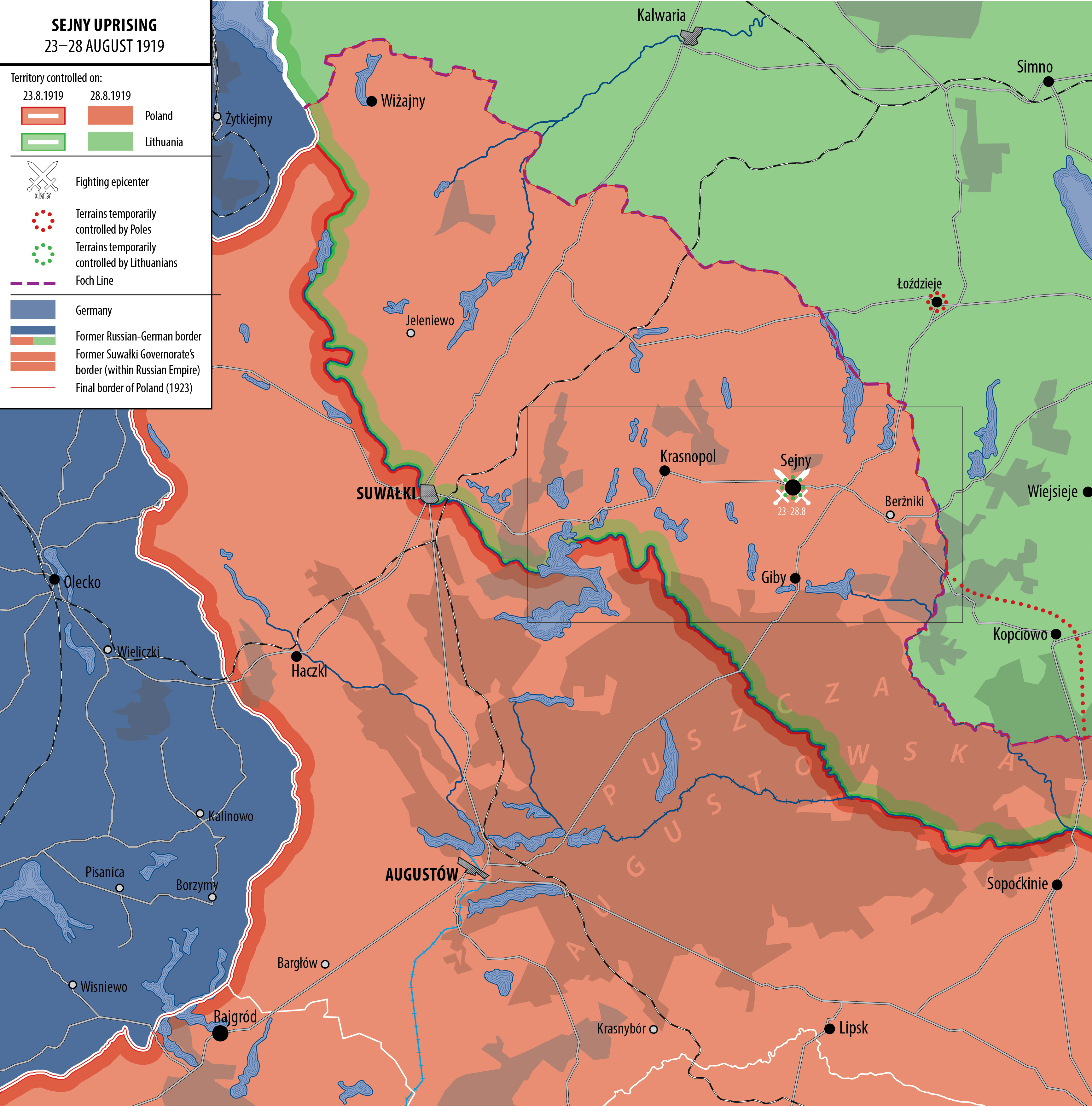Uprising in Sejny, 23–28 August 1919
During World War I the Sejny-Suwałki region was occupied by German troops. Those terrains were an object of Polish-Lithuanian disputes on national grounds. In November 1918 the German occupation authorities consented to the establishment of the Interim Civic Council of the Suwałki Region, that is, the Polish civilian administration in the Augustów, Sejny, and Suwałki counties.
After the evacuation of the German troops in July and August 1919 connected with the defeat of the Central Powers the issue of the affiliation of those lands was discussed during the Paris Peace Conference. The Foch line, a temporary demarcation line, was proposed. But the Lithuanians did not fully abide by those decisions, for instance, they did not retreat from Sejny.



